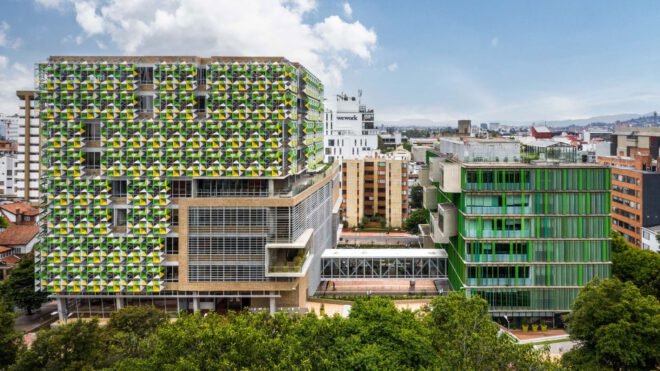
William McDonough is an architect who woke the profession up to the idea of designing with no waste.
Two of the most basic terms in the ecological and sustainable design and architecture fields are Cradle to Grave and Cradle to Cradle. They relate to the product life cycle from the raw materials (Cradle) to disposal (Grave). If you are in design school or architecture college or are thinking about an MBA in a sustainable field, you should know the book Cradle to Cradle. It’s a primer for sustainabilists. Well, for anyone in the design or product business.
What is Cradle to Grave
Cradle to Grave is a term used in life-cycle analysis to describe the entire life of a material or product up to the point of disposal. In other words, cradle-to-grave is a take, make, waste system. Making a plastic bottle by Coca Cola that has no intention of being recycled or which physically cannot be recycled or used is a product that goes from the cradle to the grave. Flip-flips that wash up onshore. Cradle to the grave. It gets more complex when we talk about cars, electronics, and large building projects. But architects today, especially in forward-thinking sustainable cities like Rotterdam are thinking about building materials that can see a new life after the current structure is demolished.
What is Cradle to Cradle
Cradle-to-cradle is the creation and qualification of a circular economy. It’s a way of designing and producing that honors all future generations by designing and manufacturing for next use, instead of end of life.
A model of industrial systems in which material flows cyclically in appropriate, continuous biological or technical nutrient cycles. All waste materials are productively re-incorporated into new production and use phases, such as “waste equals food,” according to William McDonough, the architect who conceived the concept.

William McDonough
The famous three Rs—reduce, reuse, recycle—are steadily gaining popularity in the home as well as the workplace. Reduction, reuse, and recycling slow down the rates of contamination and depletion but do not stop these processes.
Watch a TED video of William McDonough below
Recycling is more expensive than it needs to be, partly because traditional recycling tries to force materials into more lifetimes than they were designed for. Very few objects were designed with recycling in mind. If the process is truly to save money and materials, products must be designed from the very beginning to be recycled or even “upcycled”—a term we use to describe the return to industrial systems of materials with improved, rather than degraded, quality.
Why Cradle to Cradle is more important
The notion of Cradle to Cradle conveys a message of “Do good” instead of “Do less bad.”
Here’s an experiment. Choose any of your favorite blogs/websites and skim their latest articles. How many of them are all about how to do less so it will have less of an effect on the environment?
The environmental message that consumers take from all of this can be strident and depressing: stop being so bad, so materialistic, so greedy. Do whatever you can, no matter how inconvenient, to limit your consumption. Buy less, spend less, drive less, have fewer children — or none.
About the technical metabolism
Aren’t the major environmental problems today — global warming, deforestation, pollution, waste — products of our decadent Western way of life? If you are going to help save the planet, you will have to make some sacrifices, share some resources, perhaps you can go without.
With a Cradle to Cradle mindset you don’t try to design a bottle from less plastic but rather design a bottle from materials that can fully enter a new life cycle either back to nature or back into the design process as a new product.
Biological nutrients will be designed to return to the organic cycle—to be literally consumed by microorganisms and other creatures in the soil. Products composed of materials that do not biodegrade should be designed as technical nutrients that continually circulate within closed-loop industrial cycles—the technical metabolism.




we should use the 3 r’s more why arnt you encouraging it as much anymore?
You can see a list of Cradle to Cradle certified products and learn more about the certification program at: http://c2ccertified.com